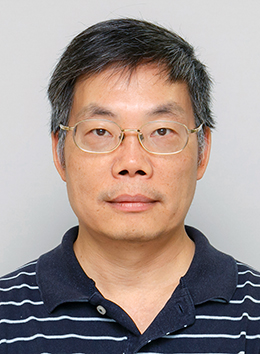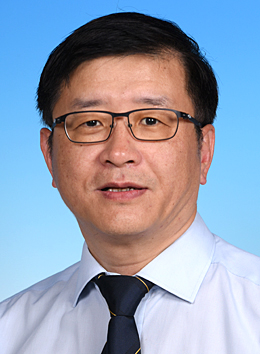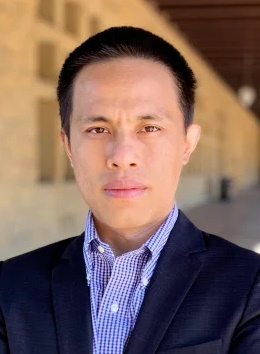Sections
Left Column
Image
Image

Image Caption
Right Column
Text Area
2022◀◀

Professor Shiqing LING was conferred the title "RGC Senior Research Fellow"
Professor Shiqing Ling, Chair Professor of Mathematics, was conferred the title "RGC Senior Research Fellow" in 2022. The RGC Senior Research Fellow Scheme aims to provide sustained support and relief from teaching and administrative duties to exceptionally outstanding researchers at Associate Professor rank (or full Professor rank) at UGC-funded universities in Hong Kong, with a view to facilitating their full dedication to research and development and helping universities attract and retain research talent. As the Senior Research Fellow Scheme awardee. Professor Ling receives a fellowship grant at around HK$7.8 million over a period of 60 months.

Professor Jianping GAN and His Research Team Discover "Hotspots" of Three-layered Alternatively Rotating Circulation in South China Sea
LinkLed by Professor Jianping Gan, Director of the Center for Ocean Research Hong Kong and Macau (CORE) and Chair Professor at HKUST's Department of Mathematics and Department of Ocean Science, the HKUST research team, in collaboration with researchers from University of Macau and Southern University of Science and Technology, carried out field observations and conducted numerical simulations in the South China Sea (SCS) recently and revealed the never-before-seen characteristics of the three-dimensional ocean motion in the SCS through geophysical fluid dynamic theory. Almost all global models could not accurately simulate the three-layer, alternatively rotating circulation structure and related physics in the South China Sea, which greatly affects the capability for regional climate and ecosystem diagnosis and prognosis. The finding of the 'hotspots' in this study provides a scientific foundation for better realization of the South China Sea. The study found that the three-layered rotating circulations are composed of the dynamically active 'hotspots' of intensified currents along the steep continental slope surrounding the deep basin, instead of an orderly structure in the entire region as previously conceived. The study demonstrated the three-dimensional structure and physical mechanism of the SCS circulation for the first time, and clarified previous misunderstanding of the water and visualization system for ocean circulation and biogeochemical processes in the SCS, which is validated and constrained by both observations and dynamics reasoning. The research results have recently been published in an article titled "Hotspots of the stokes rotating circulation in a large marginal sea" in Nature Communication. The results can also be viewed in WavyOcean online platform.
